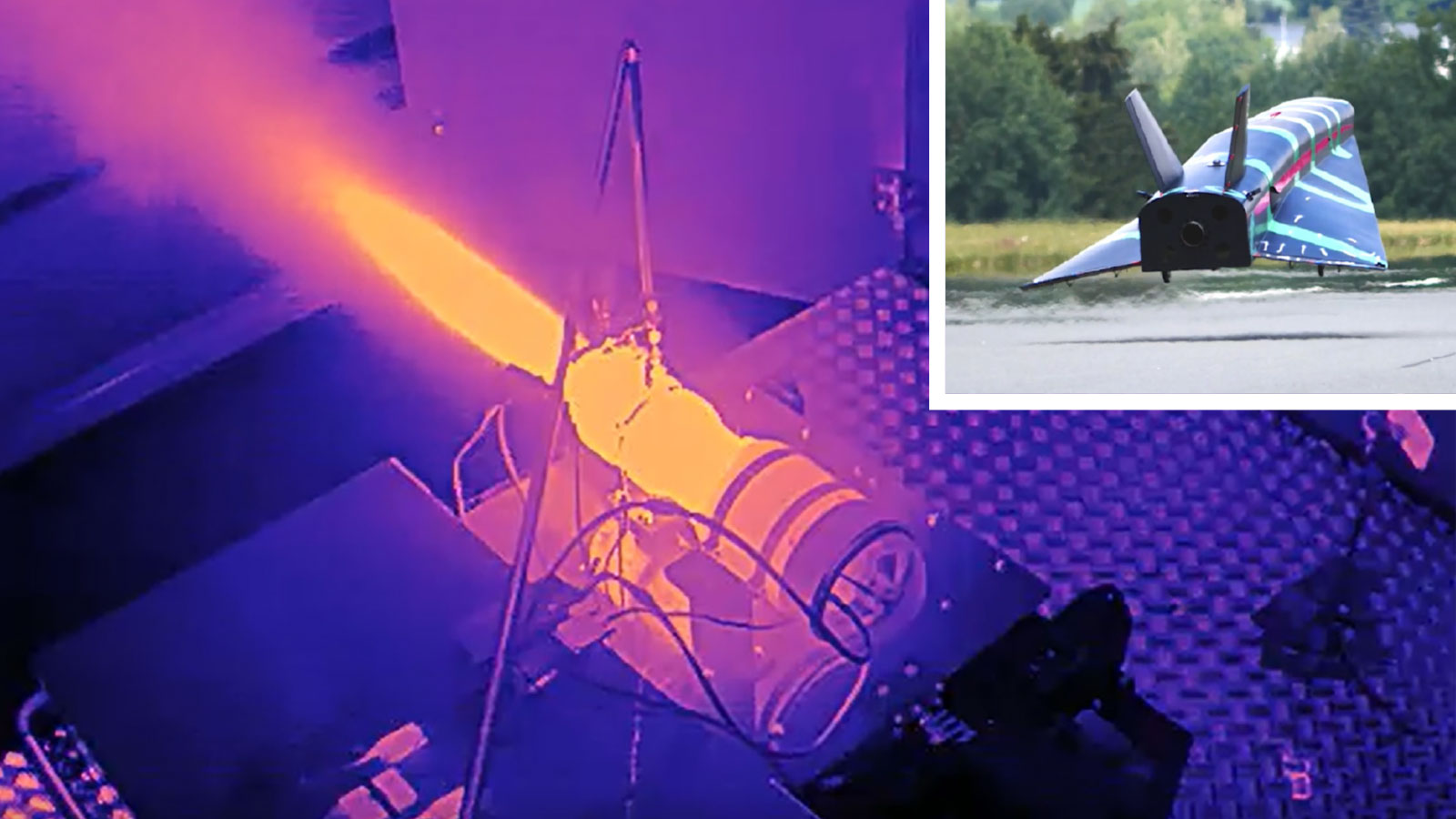Stay Up to Date
Submit your email address to receive the latest industry and Aerospace America news.
Combine the cleanliness of hydrogen combustion with the desire to travel at speeds of at least five times the speed of sound, and you’ve got Destinus, the Swiss startup that wants to build Mach 5 airliners and sell them to airlines to begin passenger service in the 2030s.
“I really see these two parts — sustainability and going fast — as something that we need to combine in order for our company to bring a true value to the aviation industry,” says Martina Lofqvist, head of business development at Destinus.
Later this month, the company plans to fly a hydrogen-powered aircraft for the first time when the unoccupied subscale test aircraft Jungfrau takes off from an airport near Munich, with a crew monitoring it from the ground. During previous test flights, Jungfrau was propelled by a conventional turbojet, but this time, its engine will mix compressed air with kerosene for combustion, and once airborne receive an additional burst of thrust through an afterburner that injects gaseous hydrogen into the nozzle jet stream.
This modified turbojet is one of two designs that Destinus is considering pairing with a ramjet for the passenger airliner. The other is a hydrogen-powered “air turbo rocket” engine. In both configurations, the ramjet would burn liquid hydrogen with oxygen supplied by compressing incoming air to accelerate the aircraft to Mach 5.
“We really see ourselves as a flight testing company and developing a lot of experience by actually putting stuff in the air,” says Lofqvist.
In the February flight, Jungfrau is supposed to fly for about five minutes at about 300 kilometers per hour, Mach 0.2, to prove that its afterburner works as intended. Destinus is confident it will, based on results from a series of ground tests conducted late last year. The company installed the afterburner onto the off-the-shelf turbojet, then hooked the engine up to multiple external fuel tanks, some containing kerosene and others containing gaseous hydrogen. The engine was fired 20 times, with the afterburner operating for a handful of seconds.
The first supersonic test flights are targeted for late 2023, and would be conducted with a larger demonstrator that Destinus plans to reveal later this year. Due to the ban on commercial supersonic flights over land, plans call for flying this aircraft from an airport near the coasts of France or Spain.
Lofqvist says Destinus hopes the ban will eventually be overturned, but it’s not counting on it. Instead, the company is planning for its passenger airliners to fly subsonic over land, then accelerate to Mach 5 once over the ocean.
“If we get the approvals to fly with the sonic boom over land, that’s great for us,” she says. “But then we already have closed the [business] case in case we don’t get those approvals.”
About cat hofacker
Cat helps guide our coverage and keeps production of the print magazine on schedule. She became associate editor in 2021 after two years as our staff reporter. Cat joined us in 2019 after covering the 2018 congressional midterm elections as an intern for USA Today.
Related Posts
Stay Up to Date
Submit your email address to receive the latest industry and Aerospace America news.




